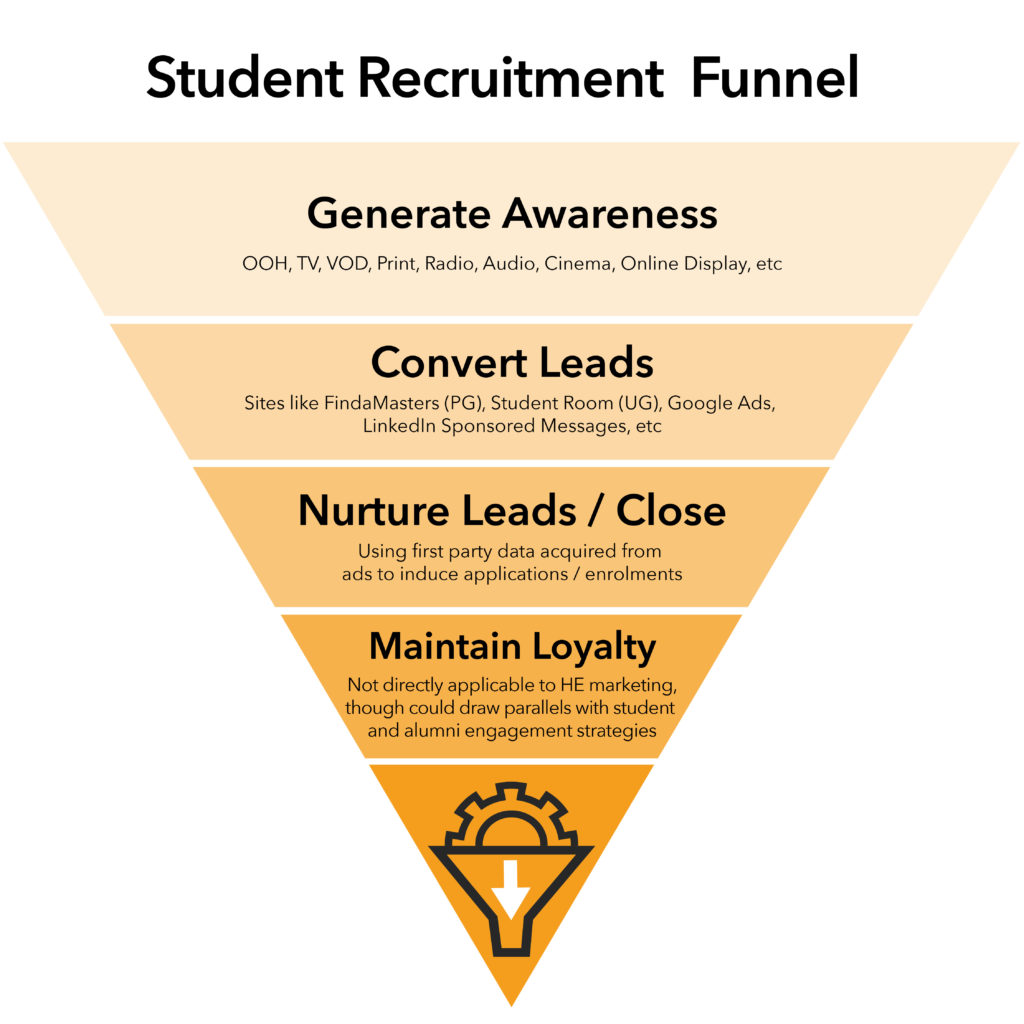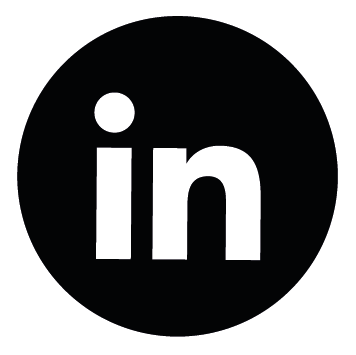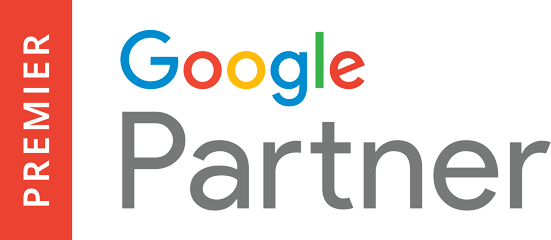How do higher education advertisers adapt for an ever-changing landscape? Last year, one of our clients asked me this very question, so I put together a presentation for their wider marketing and communications team.
I framed the presentation around my own personal experience being at the coalface of a campaign – both from a client and agency perspective. Prior to joining Adgen in 2019, I spent ten years working within marketing and communications in the sector. First with my alma mater Coventry University, before moving on to the University of Leicester, and later De Montfort University.
From my own experiences, as well as evaluating the sector as a whole, I picked out the following general approaches on addressing how higher education advertisers adapt within the changing landscape:
- Demand Generation
- All About the Bottom Line
- Nailing Local and Regional Areas
Some universities may employ more than one of the above depending on their strategic and tactical needs. For instance, they could employ a Demand Generation approach institutionally, supplemented by a more nuanced approach for faculties, subject areas, or a particular event. Equally, these approaches could define an entire institution’s marketing and student recruitment culture.
What is ‘Demand Generation’?
Done effectively, demand generation is an approach which demands (pun intended) significant resources – monetarily and otherwise. It’s an always-on tactic which casts the widest net possible to capture the largest amount of leads. This approach requires your campaigns to be present across all types of media channels, making use of above, below, and through-the-line techniques concurrently. Visually, it looks something like this:

This is an expensive approach and cannot be done successfully by everyone, however, it does provide the best chance of bringing down CPA. This might sound counterintuitive to readers schooled in the benefits of aggressive performance marketing.
How on earth can expensive out of home ads bring down overall CPA?
You can think of it like trying to consistently get milk from a cow. The milk you extract from the udders are your high-intent leads (mostly coming organically or from ad platforms like Google). But, how does the milk come to be? Well… you need to feed the cow, silly!
Your feed in this analogy is your awareness generating activities; higher funnel campaigns which attract the attention of prospective students. Without these campaigns, the leads from the bottom of the funnel will reduce in volume and quality, just like an unfed cow. By consistently feeding the beast, you put less strain on the whole system, yielding cheaper, more sustainable leads. This analogy, absurd as it may be, highlights the need to fuel your lower funnel campaigns with consistent always-on activity.
Over a sustained period of time, the Demand Generation approach – expensive to maintain though it is – results not only in more competitive CPAs but also higher propensity leads, making your advertising efforts more impactful.
What do you mean by ‘All About the Bottom Line’?
The bottom line approach favours only lower funnel objectives such as lead gen or conversions. Adopting this approach means neglecting higher funnel awareness activity in favour of moving the majority of available paid budget into higher converting, lower funnel activity.
Sounds like a no-brainer, right?
Unfortunately, this approach is unsustainable for most institutions as a permanent solution. The cow-milking analogy is again relevant here. You can only benefit from the milk yield (read: campaign leads) if the cow is being fed good quality grass (higher funnel activity which helps to power your organic and search traffic).
However, this approach can be a practical solution for few institutions in the sector. For example, the most oversubscribed and highly reputable institutions with strong brands the world over. The kind of universities who fit into the ‘build it and they will come’ category, such as Oxford, Cambridge, and other top UK universities, or indeed their American counterparts such as Yale, Harvard, or Princeton.
These kinds of institutions know they will generate continued demand due to their well cultivated reputations for excellence. They know they can reliably depend on their ability to convert within the lower funnel instead of spending too much on higher-funnel awareness activity to generate demand.
And nailing local & regional areas?
This approach takes some of the best practice from demand generation and bottom-line performance marketing and applies it to tight geographical and demographic boundaries. This enables a dual approach to take place without overstretching costs, which would certainly happen if geographical restrictions were not put in place.
This is ideal for institutions who want to capitalise on a healthy potential student cohort in and around the geographical location of their campus. Or perhaps for an expansion approach whereby a new region is targeted, but exclusive to other general efforts. Many of our current and previous clients have taken this approach with success.
So… what’s the best method?
Ultimately, different approaches will work for different types of institutions. Aggressive lead generation tactics via the ‘all about the bottom line’ strategy works well in a situation where an institution already has a strong and recognisable brand. Higher funnel tactics may be unnecessary if awareness in general is already deemed to be sufficiently high.
Conversely, if you’re an institution struggling to cut through in terms of brand recognition and resonance, then a more mixed approach is the better option. And in this case, you certainly don’t want to jettison things like Out of Home, press, radio and PR.
Many of our clients adopt a nice mix. This is depending on the nature of the individual campaign and its aims and objectives.
What are you thoughts on how higher education advertisers adapt in the changing landscape?
If you want to get in touch with us to discuss your needs, reach out here.









